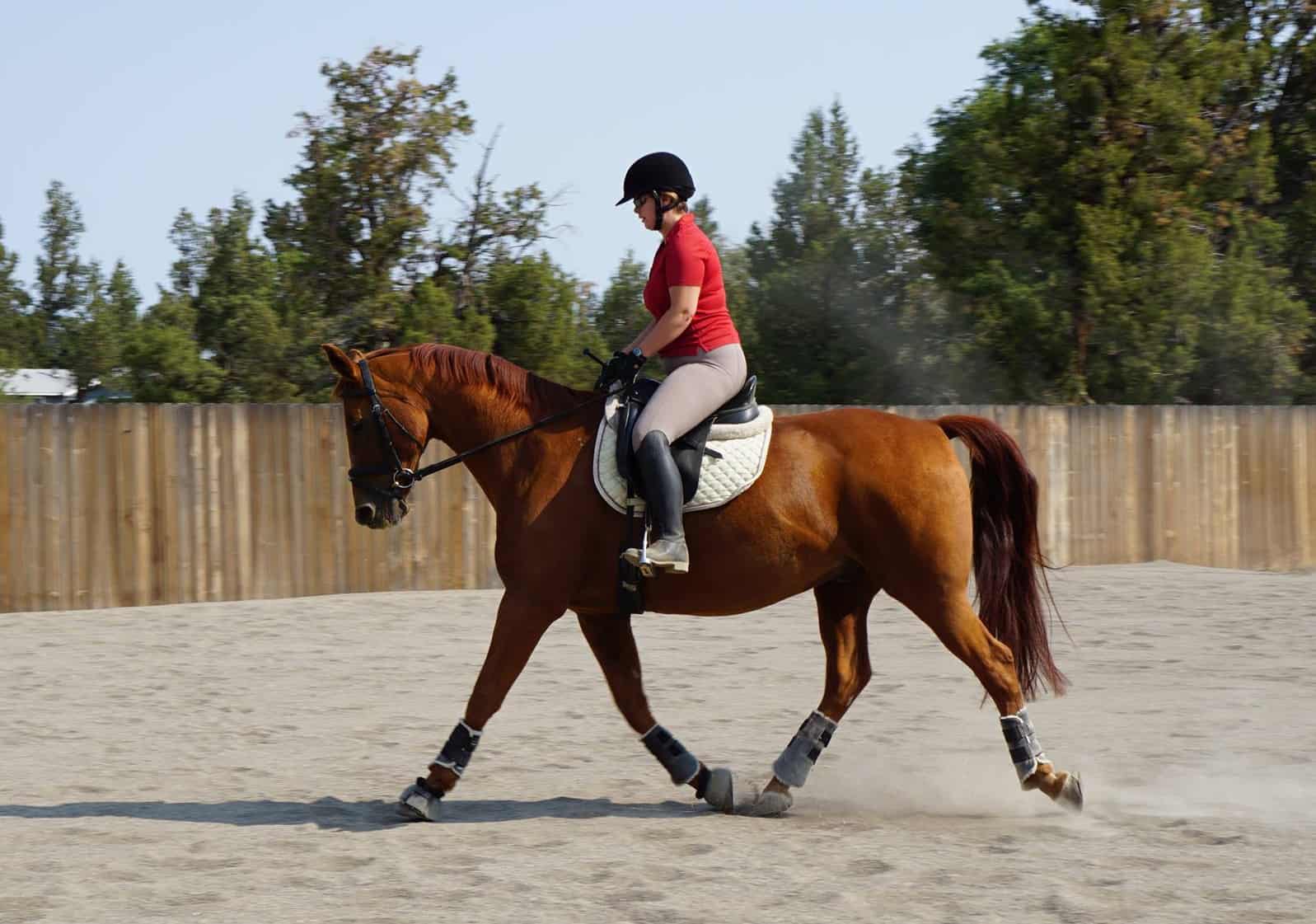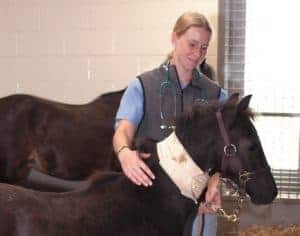Removing Uterine Marbles From Mares

It wasn’t so long ago when veterinarians would insert a marble into a mare’s uterus, a common practice for managing estrous cycles. The theory? The marble would act like an embryo and trick the mare’s body into thinking she was pregnant, thus eliminating estrus and “heat-cycle” related behaviors. However, their lack of effectiveness and overall negative health effects from prolonged placement—including endometritis and infertility—have prompted some veterinarians to call for the retirement of the practice, said Mariana Diel de Amorim, DVM, DVSc, Dipl. ACT, who’s on faculty at Cornell University’s College of Veterinary Medicine.
Diel de Amorim presented “How to Successfully Recover Intrauterine Marbles and Foreign Bodies Using Manual Extraction or Videohysteroscopy and Endoscopic Tools” at the 2017 American Association of Equine Practitioners Convention, held Nov. 17-21 in San Antonio, Texas.
In addition to unreliably mitigating estrus, marbles also can be ejected spontaneously from the uterus without the owner or manager’s knowledge. When they do remain in place, intrauterine marbles can be forgotten about (usually when a mare is sold) and/or difficult to find and remove, Diel de Amorim said
Create a free account with TheHorse.com to view this content.
TheHorse.com is home to thousands of free articles about horse health care. In order to access some of our exclusive free content, you must be signed into TheHorse.com.
Start your free account today!
Already have an account?
and continue reading.

Written by:
Michelle Anderson
Related Articles
Stay on top of the most recent Horse Health news with















